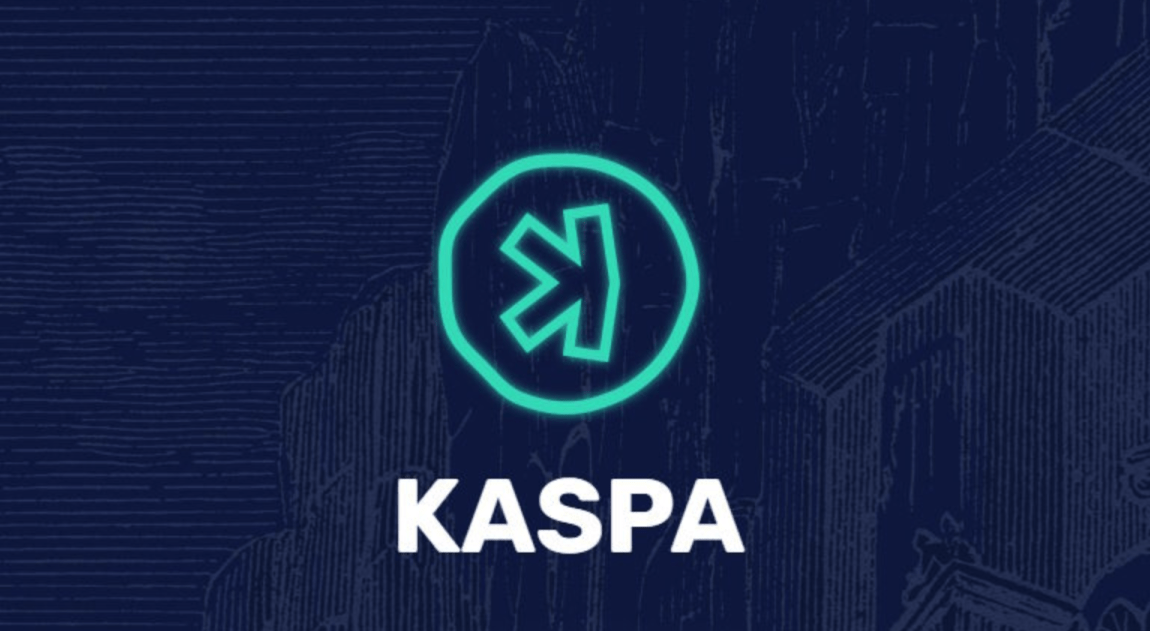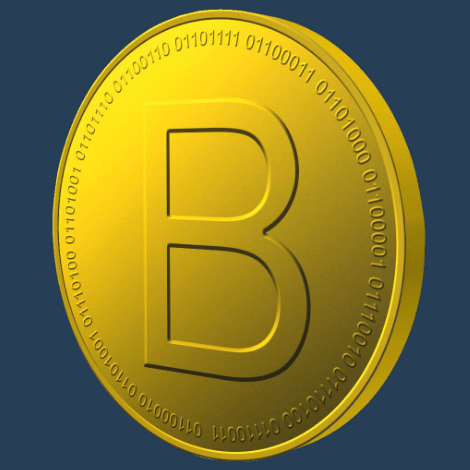Kaspa (KAS) Coin: PoW Revival Sparks New Mining Trend and Technological Innovation

In the wake of Ethereum's transition to Proof of Stake (PoS), the future of Proof of Work (PoW) coins seemed uncertain. However, a resurgence in interest has been sparked by the Kaspa project, touted as the fastest and most scalable Tier1 project built on a PoW consensus engine. This article delves into the intriguing world of Kaspa, its innovative mining process, and its promising future prospects.
Kaspa Ignites GPU Mining Trend
After Ethereum's PoS transition, GPU miners were left searching for the next lucrative opportunity. Enter Kaspa, armed with the KHeavyHash algorithm, supporting GPU and FPGA mining and compatible with both AMD and NVIDIA graphics cards. What's more, Kaspa employs the cutting-edge BlockDAG structure for its blockchain, enabling concurrent accounting and boosting efficiency.
The performance of KAS coin has turned heads, surging from 0.0049 on January 10th to an impressive 0.039, marking nearly a tenfold increase in value.
As of August 3rd, KAS coin stands at $0.045 USD, roughly 1.43 NTD, with a 24-hour price uptick of +8.31% and a 7-day surge of +16.37%.
Decoding Kaspa (KAS): Scaling New Heights
Kaspa emerges as a groundbreaking blockchain platform designed to tackle scalability, security, and interoperability challenges. Built on a foundation of decentralization, a cornerstone of the crypto ethos, Kaspa's community is fervently pushing towards becoming a decentralized autonomous organization (DAO), upholding the PoW consensus mechanism.
Founded by Yonatan Sompolinsky, an early Ethereum developer, Kaspa incorporates Yonatan's ingenious GhostDAG protocol—a more advanced version of the PHANTOM protocol. This strategic alignment with Satoshi Nakamoto's consensus model enables Kaspa to achieve higher transactions per second (TPS) without compromising on security.
GhostDAG architecture, Kaspa's bedrock, fuses DAG and GHOST consensus algorithms, resulting in accelerated transaction speeds and heightened scalability.
Breaking from the traditional blockchain mold, GHOSTDAG doesn't isolate concurrently created blocks. Instead, it orchestrates their coexistence and arranges them through consensus. This innovation transforms Kaspa's blockchain into a blockDAG, enabling secure operations while maintaining rapid confirmation times, driven by internet latency.
Presently, the Kaspa mainnet produces one block per second, with each block accommodating over 400 transaction records. The target is set at 32 blocks per second (BPS), aiming ultimately for an impressive 100 BPS.
In a pioneering move, Kaspa can process up to 18 blocks concurrently. This parallel processing not only ensures immediate confirmations but also fortifies network security through a clever categorization of connected honest nodes.
Kaspa's feature lineup includes DAG topology reachability queries, block data pruning, SPV proofs, and an upcoming subnet support—laying the groundwork for seamless implementation of Layer 2 solutions.
Beyond its identity as a mining-centric public chain, Kaspa harbors grander aspirations. The platform actively broadens the practical use cases of KAS on a daily basis. Developers are rewriting programming languages in Rust, enhancing Kaspa's performance and beckoning the advent of Layer 2 smart contracts and DeFi development.
Kaspa Coin (KAS): A Token of Innovation
Kaspa coin (KAS) stands as a shining exemplar of a Proof of Work (PoW) cryptocurrency integrating the GHOSTDAG protocol.
Setting itself apart from the crowd, KAS eschews pre-mining or pre-allocation, ensuring an equitable distribution process. The token supply is capped at 28.7 billion, governed by a halving emission plan that facilitates gradual reduction.
Traders can engage with KAS tokens across several exchanges, including BTCC, MEXC, Gate.io, and more.

The Ingenious Mechanics of Kaspa
Kaspa's GHOSTDAG consensus algorithm isn't just about security; it harmoniously merges PoW and DAG mechanisms, bolstering its resilience against 51% attacks. The decentralized design of GHOSTDAG ensures that no single entity wields control, with multiple nodes orchestrating transaction proposals and validations, effectively thwarting any concentration of power.
Kaspa's GHOSTDAG sets itself apart from conventional DAG models through five main facets: enhanced security, scalability, rapidity, interoperability, and unwavering decentralization.
Navigating Kaspa's Economic Landscape
In alignment with its decentralized ethos, Kaspa's economic model mirrors Bitcoin's ethos. No pre-mining or pre-sale maneuvers are in play; all KAS tokens can only be earned through mining.
The mainnet's launch in November 2021 marked the genesis of KAS token distribution: 50% through PoW mining rewards, 30% through the Liquidity Provider (LP) fund, 10% via the development fund, and 10% as staking rewards.
A Glimpse into Kaspa's Future
Kaspa's dynamic growth trajectory is underscored by its technological prowess and strategic partnerships. As it consistently refines and elevates its platform, Kaspa is positioning itself as a prime destination for developers eager to harness blockchain potential. With its remarkable achievements to date, the project appears poised to maintain its upward trajectory.
In summation, while PoW projects may have faced challenges, Kaspa defies the odds by presenting ingenious solutions to long-standing blockchain conundrums. Its innovative architecture and proactive approach make it a magnet for developers and miners alike, rendering it a compelling contender in the evolving crypto landscape.
Disclaimer: This article is intended for informational purposes only and should not be construed as investment advice or an endorsement. Conduct thorough research and consult with financial experts before making investment decisions in the cryptocurrency space.
Please specify source if reproducedKaspa (KAS) Coin: PoW Revival Sparks New Mining Trend and Technological Innovation | Crypto Mining Resources Navigation | MinerNav
















